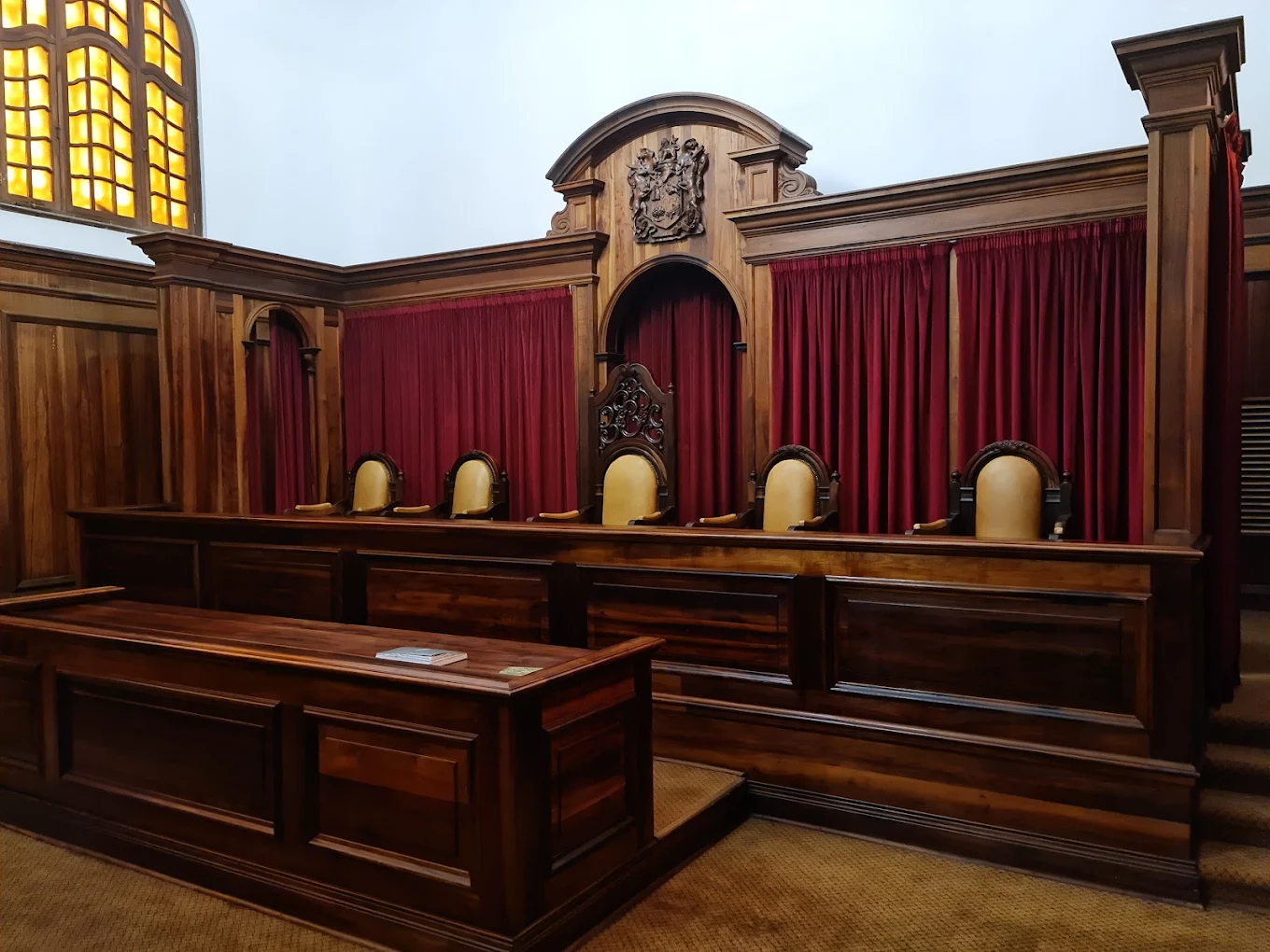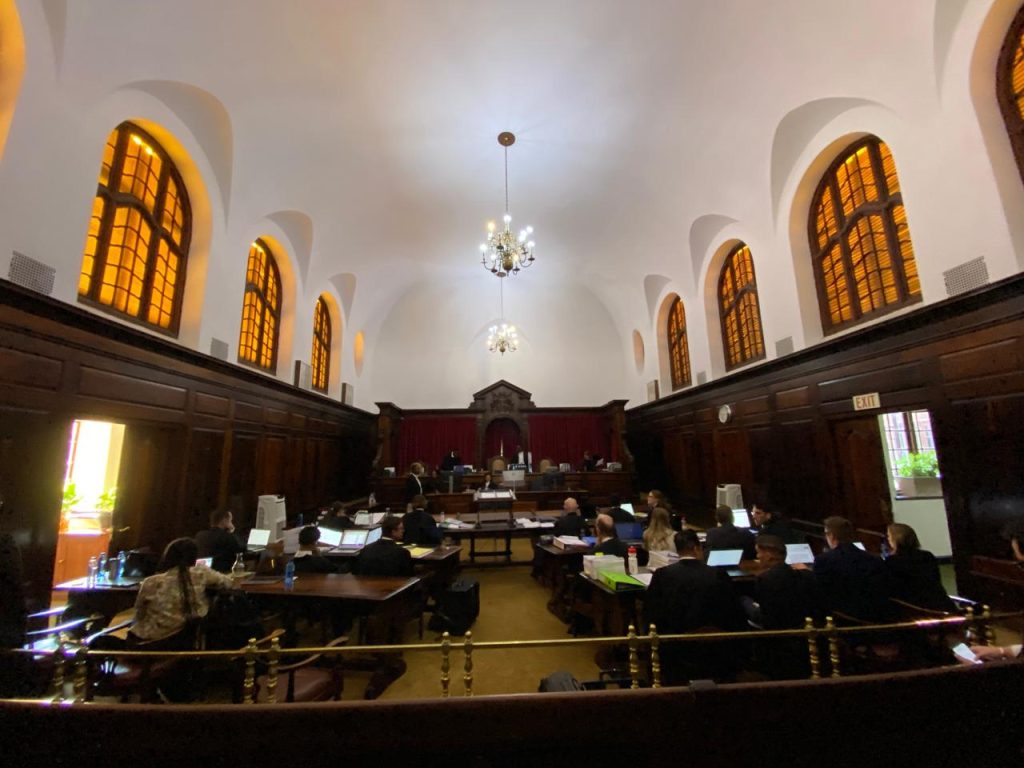Joint ventures (JVs) have become a defining feature of South Africa’s construction, mining, and infrastructure sectors. In an industry driven by complex regulations, high capital costs, and demanding project timelines, JVs allow contractors to combine financial capacity, expertise, and resources to deliver large-scale projects that would otherwise be unattainable.
Yet while collaboration promises growth and opportunity, it also introduces significant commercial and legal risks. Understanding the balance between these two forces is vital for any contractor, engineer, or investor participating in a joint venture.
Why Contractors Choose Joint Ventures
The flexibility of a JV makes it particularly attractive. Two or more companies can cooperate on a specific project without restructuring their existing businesses or creating a new company. This contractual collaboration allows them to tender jointly, expand their technical reach, and share both profit and risk.
For foreign contractors, JVs are also a common mechanism to comply with local participation laws and Broad-Based Black Economic Empowerment (B-BBEE) requirements, ensuring compliance while accessing high-value projects.
Beyond regulatory and financial benefits, JVs foster long-term business relationships and skills transfer. Local contractors gain exposure to international expertise, while global partners gain insights into local markets, supply chains, and client networks. These partnerships often enhance credibility with employers and lenders, as the combined technical and financial strength of the partners can be decisive during bid evaluation.
The Hidden Legal and Operational Risks
Despite their advantages, JVs carry inherent risks, particularly when structured as unincorporated joint ventures (i.e., without a separate legal entity). In such cases, rights and obligations attach directly to the participants.
1. Governance and Management Breakdown
Governance is often the first point of tension. While most JV agreements create a management committee, they cannot shield the venture from instability within a partner company. If a participant faces internal disputes, leadership changes, or financial distress, the JV itself may stall, as its operational decisions depend on the cooperation of all members.
2. Financial Control and Banking Deadlocks
JV agreements usually establish joint bank accounts with dual signatories to ensure accountability. However, when internal disputes arise within one partner, banks frequently freeze the accounts to avoid liability, paralysing the project. Salaries, supplier payments, and contractual obligations may halt overnight, even when the other partners are ready to proceed.
3. Shared Liability
Since JVs often operate under joint and several liability, each partner can be held responsible for the full debt of the venture. Without clear internal indemnities or cost-allocation clauses, disputes easily arise over who bears the cost of delays, overruns, or defects.
4. Exit and Dispute Mechanisms
Poorly drafted agreements frequently omit exit provisions. Without a defined mechanism for withdrawal, substitution, or termination, partners may find themselves trapped in a failing project. Similarly, inadequate dispute-resolution clauses can escalate internal conflicts into full-scale litigation, disrupting project delivery and damaging reputations.
When Things Go Wrong: The Imbani Minerals v Standard Bank Case
The 2025 Imbani Minerals (Pty) Ltd v Standard Bank of South Africa Ltd and Others case (Johannesburg High Court, 22 August 2025) illustrates how a JV can collapse when governance safeguards are lacking.
Imbani Minerals and Kilken Platinum operated a JV to process mining tailings. Their agreement required two authorised signatories, one from each partner, for all banking transactions. For a decade, the arrangement worked smoothly until Kilken’s internal shareholder disputes erupted. Rival factions each claimed the right to appoint the company’s representative.
Caught between competing instructions, Standard Bank froze the JV account to avoid liability. Although the project continued operationally, no payments could be made, effectively halting progress.
The Court ultimately ruled that because the JV lacked separate legal personality, its bank account was legally an account operated by its members. Consequently, both Kilken factions were required to co-sign alongside Imbani. This decision reinforced that instability within one partner can immobilise the entire venture.
The lesson from Imbani is straightforward: if a JV partner faces internal governance deadlock, the entire project can be dragged into paralysis.
How to Mitigate Joint Venture Risk
A robust JV agreement should do more than allocate profit shares or project roles. It must anticipate instability, protect financial continuity, and preserve operational capacity even when disputes arise.
Key protective provisions include:
- Continuity clauses: Appoint alternate or independent signatories to maintain essential payments during partner disputes.
- Governance safeguards: Require regular updates to board resolutions and authorised signatories.
- Exit mechanisms: Provide for withdrawal, substitution, or buy-out if a partner defaults or becomes incapacitated.
- Dispute-resolution frameworks: Include mediation and arbitration clauses to prevent litigation delays.
- Liability allocation: Clearly define cost-sharing and indemnity obligations for project risks and third-party claims.
Conclusion
Joint ventures remain indispensable for South Africa’s infrastructure growth, from energy and transport to mining and water projects. When properly structured, they allow contractors to share risk, expand capability, and access large-scale public-private opportunities.
However, as Imbani Minerals demonstrates, even a thriving project can be crippled by internal instability if the JV lacks sound governance and continuity planning.
Legal advisors and project stakeholders must therefore view JVs as both an opportunity and a potential risk vector. The success of any venture depends not only on technical performance but also on foresight in drafting agreements that anticipate disputes before they arise.






